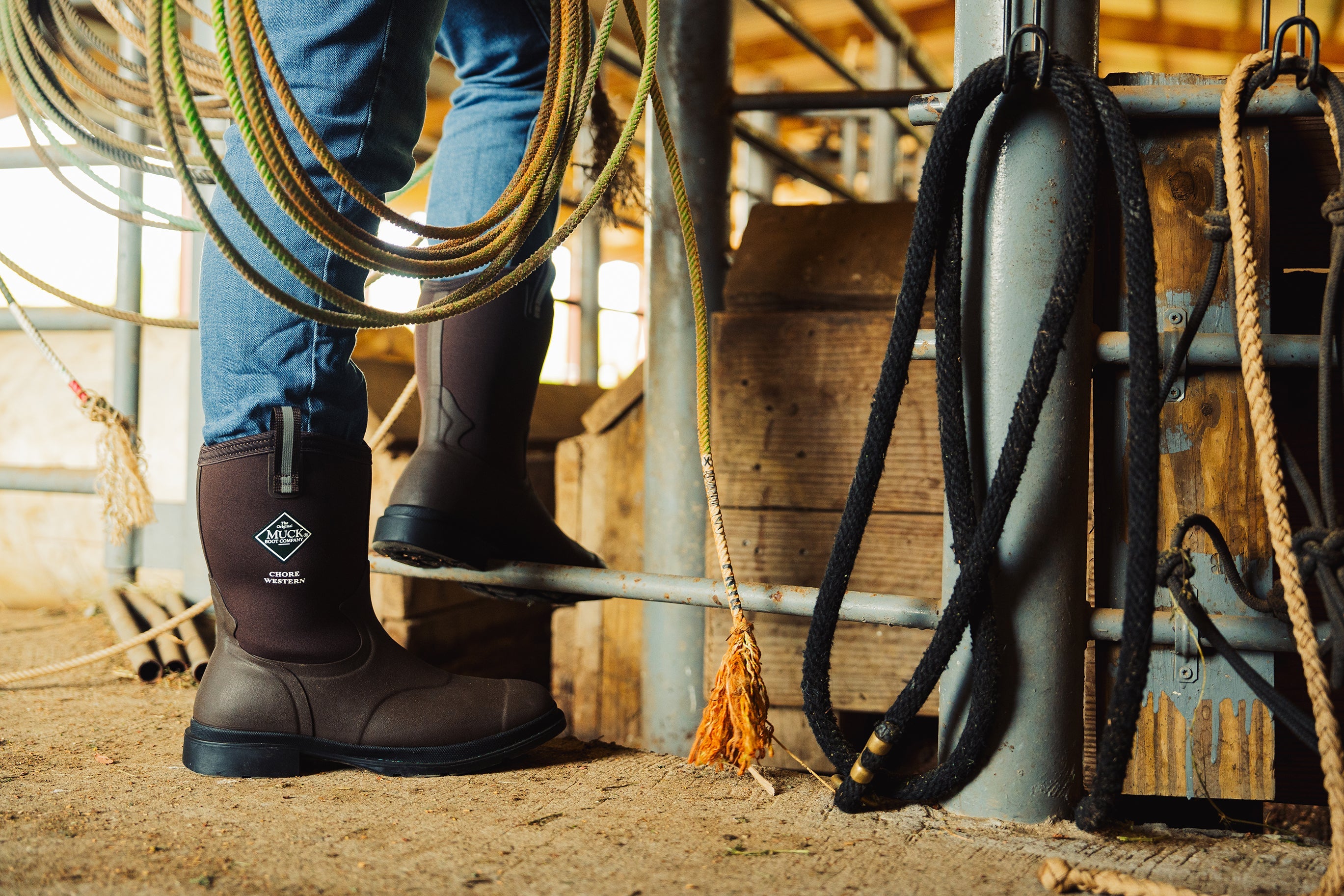Let me tell you about a recent Thames mudlarking find which was gifted to me by a fellow mudlark. A few weeks ago, I met up with friend Florrie Evans and her nine-year-old daughter Ceci.

We spent a wonderful two hours searching the Thames foreshore and even though the low tide was actually quite a high one, we came up with some interesting pieces of London’s lost history. These include an old Victorian barge padlock, a marble, a 19th century slate pencil and an 18th century clay tobacco pipe. The star find of the day though was made by Florrie who spotted what we first thought was an old penny, perhaps Victorian or Georgian. When Ceci rinsed it off in the river however, we made the most unexpected discovery. There before us on one side of the penny was the head of King Neptune along with a trident leaning on his shoulder.

We were all needless to say, excited about this find and on turning it over we could see a depiction of what looked like several men in a boat who appeared to be harpooning a whale. The text on the coin confirmed this – and reads “halfpenny, Payable at I. Fowler’s, London. Whale Fishery - 1794”. Wow, such an incredible piece of history from London’s past. A really brilliant find. When we came to the end of our mudlarking expedition, Florrie very generously gifted me the token. I could hardly believe it and couldn’t wait to find out as much as possible about I. Fowler.

When I arrived home, I set to work to do some research. This is what I found out. The token is what is known as a “condor token” a coin which was privately minted by a business or individual in the 18th century. Florrie’s token, emblazoned with Neptune’s head and trident was issued by John Fowler, a whale oil merchant and tin plate worker in the late 18th century. John had his premises in Long Acre London and he also owned a few whaling ships. For most of the 18th century, London was actually a leading whale port and during this time, thousands of whales were caught and killed in the Atlantic and then brought back to London to satisfy the demands for whale products. Whale blubber and oil were used for street lighting, soaps, candles, perfumes, paints, and varnishes. whale bone was used in corsets, parasols, and whips for horses and carts. The demand for whale products declined by the middle of the 19th century, and fortunately we now no longer have whale fisheries in London. But how wonderful to discover this token and find out about a part of London’s history that I had never learned about before.

If you would like to see the moment Florrie discovered John Fowler’s whale fishery token and find out what else we discovered, you can watch the video here.
About Tideline Art
When I first moved to London over twenty years ago from Cornwall, I had no idea that the River Thames would open up such a fascinating and magical world, and that when the tide went out, its muddy banks would reveal to me a wealth of historical secrets and characters from the past. I was used to beachcombing on windswept beaches in Cornwall, but it never occurred to me that something similar might be possible in an urban setting such as London.


















Leave a comment